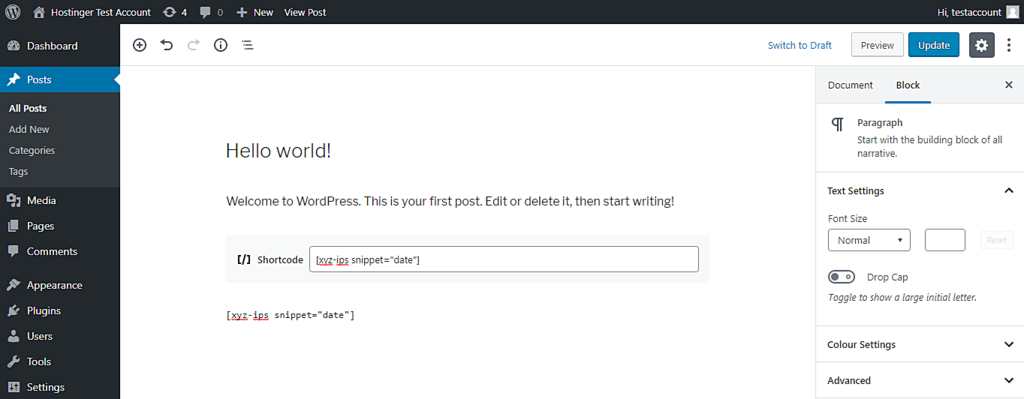How to Program in PHP
Before you can begin learning how to program in PHP, you should be able to do simple mathematical operations. This is necessary because programming requires you to work with numbers. PHP has many built-in math functions and operators for this purpose. Then, you will be able to use these functions in your code. Once you learn how to program in PHP, you can develop applications using it in a variety of ways. You can find a beginner’s guide, a free course, or a paid course.
Lessons
If you’re new to programming, you should take a PHP tutorial. PHP is a server scripting language, commonly used to develop dynamic Web pages. It is also a free alternative to Microsoft’s ASP. This tutorial will help you get started by setting up your local programming environment. The first thing you should know is what a string is. It’s a series of one or more characters, including letters, numbers, and symbols. You’ll learn how to output and manipulate them in PHP, as well as escape sequences and PHP string rules.
Resources
One of the most popular languages for web developers is PHP, a server-side scripting language. It can be used to build dynamic websites and web applications. PHP is extremely powerful and deep – it powers the world’s largest blogging and social network – yet is easy enough for a beginner to learn. With PHP, you can build dynamic sites with images, PDF files, Flash movies, and any text you can imagine.
Free and paid options
If you’re interested in learning how to code in PHP, there are several free and paid tutorials available. Some are designed to get you started quickly and others require you to dive deeper into the language. While some developers prefer to learn the basics by reading the official documentation, PHP tutorials can also be a good place to start if you aren’t sure what you’re doing. For example, the official PHP website has a tutorial that barely scratches the surface of the language’s capabilities. Another resource for PHP tutorials is the Laracasts website, which offers a free PHP tutorial and extensive library of paid courses.
Beginner’s guide
The official PHP documentation is a great place to start. It covers everything from the syntax to more advanced features. However, if you are a complete beginner, it may be best to use a guided tutorial to speed up your learning process. In addition, there are many resources on the Internet to help you make the most of your PHP knowledge. Listed below are some of the best resources for beginning PHP programming.
Namespaces
You can use Namespaces in PHP to encapsulate items. They are hierarchically labeled and help prevent name conflicts. These spaces are useful for encapsulating constant functions and classes. You can also use Namespaces to organize your PHP code. First, namespaces are declared with the keyword namespace. This keyword should appear before any other code, but it is not mandatory. This tutorial will cover the basics of Namespaces.
Data types
The data types in PHP are used to represent different data in a program. They define the type of data that can be assigned to variables and what operations can be performed on them. In this PHP tutorial, we will learn about the different types of data and how they are used in PHP programs. Here, we’ll also learn about the different methods available for manipulating these data types. The PHP language supports several data types: integer, string, and boolean.
Creating a ‘Hello World’ program
‘Hello World’ is the first program most beginning programmers learn. It is as basic as they come, with only three lines. The program prints the greeting, ‘Hello World!’, to a web page and stores the text in a variable named $string. There are several ways to display this message and you’ll learn about them in this PHP tutorial.

